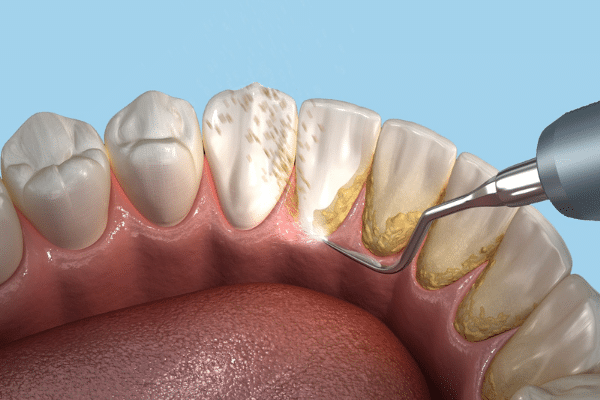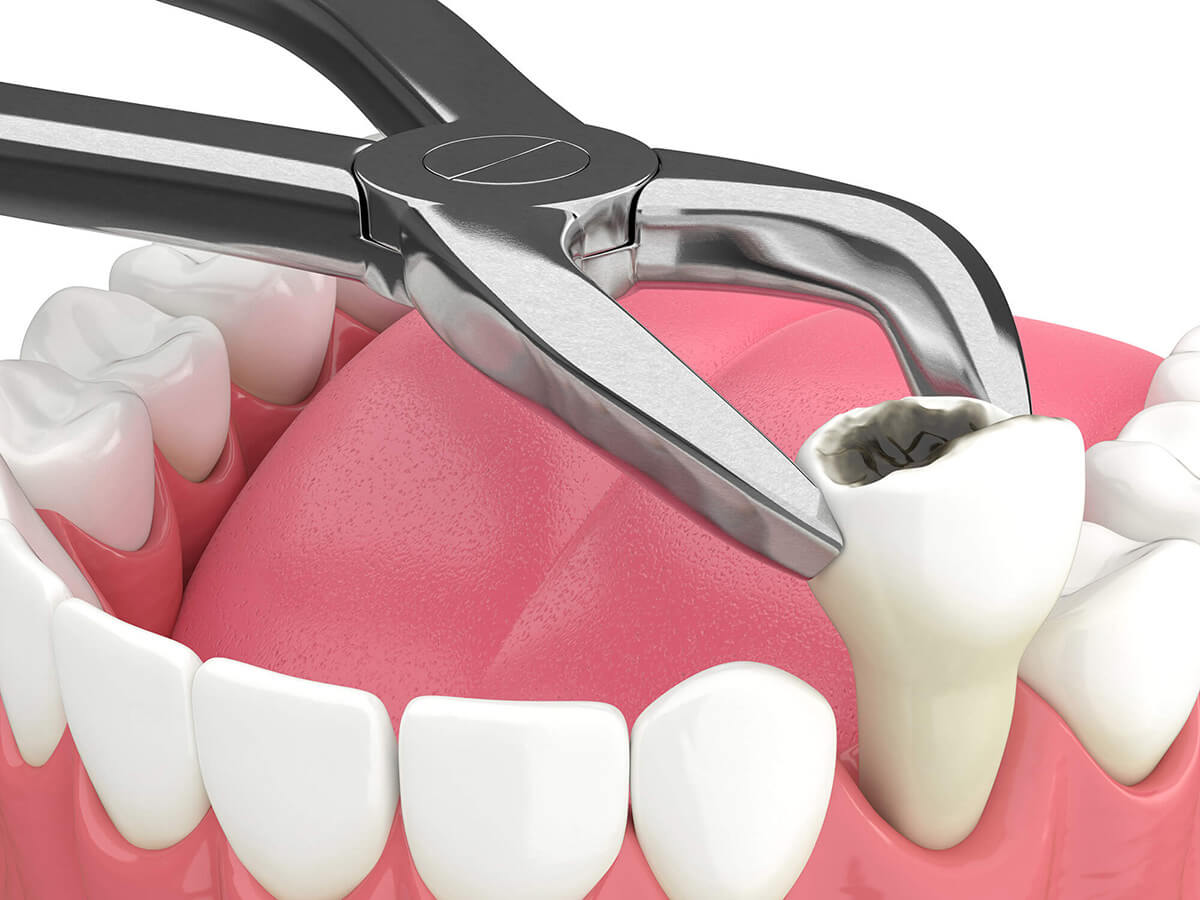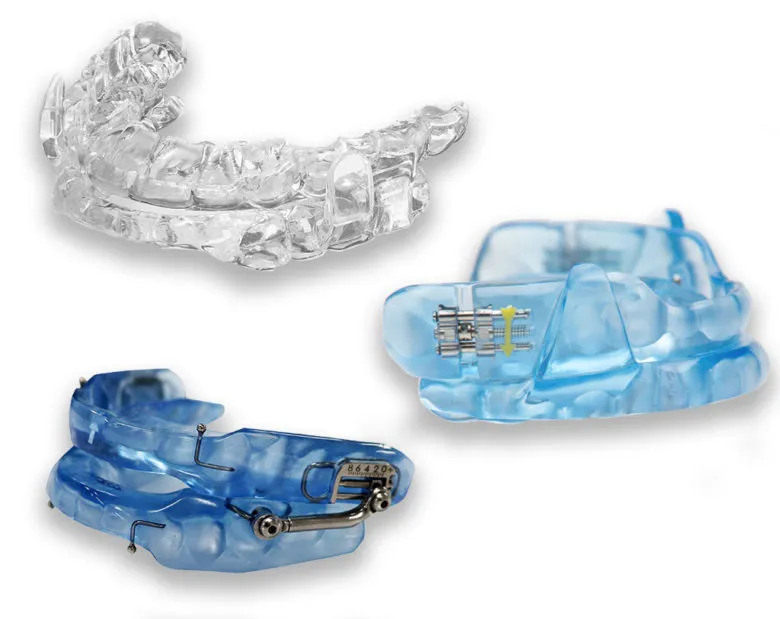Comprehensive Evaluation / Oral Examination
A visual evaluation of the mouth, head, and neck gets done during an oral examination to look for abnormalities. Low radiation digital imaging enables a more thorough examination. This imaging aids the physician in identifying abnormal disorders in the mouth, head, and neck regions, such as cavities, issues with current dental restorations, bone and gum recession, and other situations.

Dental Cleaning
Removing dental plaque and tartar (calculus) from the teeth is called a dental cleaning, referred to as oral prophylaxis. These deposits get removed without damaging the teeth using specialized tools. Larger tartar bits get removed using an ultrasonic tool that vibrates while cooled by water. Smaller deposits are then manually removed, and the tooth surfaces get smoothed using hand tools. The teeth get polished after its cleaned of tartar and plaque on all surfaces.
Scaling and Root Planing
Gum disease gets treated non-surgically by scaling and root planing. Specialized dental tools get used during the scaling procedure to remove dental calculus and plaque from below the gum line. After the scaling operation, the tooth roots get smoothed using a process called planning. Root planing aids in the gums’ ability to recover and reattach to a healthier and smoother root surface.
Root Canal Treatment
Once dental decay has reached the nerve or the tooth has gotten infected, root canal therapy is often required. The infected or inflamed pulp gets extracted from the tooth chamber during root canal therapy. The inside of the tooth gets cleaned and disinfected before it’s filled and sealed. This cleaning reduces the risk of further infection. To safeguard the tooth, it gets repaired with a dental crown or filling.

Extractions
When restorative measures are ineffective, a tooth may require extraction. The area gets numbed with an anesthetic before the tooth extraction. With a gentle motion, the tooth gets separated from the jawbone, ligaments, and surrounding tissues. Once it is free, it’s then carefully removed. Stitches may be needed after extraction.


